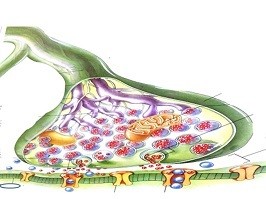
Human learning and intelligence begins with sensory inputs to the brain:
Senses:
- There are number of senses and sensors, some are external and commonly recognized senses such as five senses of vision, touch, smell, taste, hearing.
- There are also many lesser acknowledged internal senses such as temperature, force / pressure, acceleration, position / posture, fluid flow etc.
- Some are simple sensors generating “intensity” signal ( e.g, taste buds ).
- Some senses involve correlations with coordinated muscle movements e.g., sense of vision after post processing retinal signal map, generates multi-colour intensity map in the field of view with autofocus and tracking functions the attributes of movements and stereo sense get added.
Learning:
- Baby begins learning “objects” and “expressions” first. Objects are water, milk, apple, toy, papa, mumma while expressions are yes, no, fear, happiness etc.
- Objects and expressions involve repeated synthesized hybrid sensory input e.g., appearance of apple gets correlated with its taste / smell and sound of pronouncing “apple”. When it happens repeatedly that object gets learnt.
- Much later comes the analytic capability where “A for apple” gets recognized and learnt.
- Then there is higher order correlation where apple may get linked up to Kashmir, Adam and Eve, Apple Vinegar and so on.
- After letters and numbers get learnt comes the rules of order and time sequencing the hybrid sensory images to result into sentences, stories, ideas, theories and so on.
The building blocks:
- Neurons are the building blocks of human intelligence; these are star shaped cells which are extensively interconnected and form successful electrical pathways selectively for realizing the correlations.
- Humans are born with fixed number of neurons which have some predisposed connectivity.
- Each neuron has number of input connections and a single logical output which may get relayed to many places physically.
- Based on inputs to a neuron … it may or may not generate an output.
- When certain inputs successfully generates an output from neuron; that pathway gets physically reinforced and it is able to generate output successfully more easily. On the contrary, the inputs which do not get used for long degenerate physically.
What causes learning:
- Learning in essence comes from selective reinforcement of certain correlational pathways.
- This eventually establishes an evolution of dependence of output responses from sensory inputs.
Human learning is not “hardwired” and there is a flexibility and variability depending on moodiness, attention, motivation and interest factors.
AVINASH KHARE